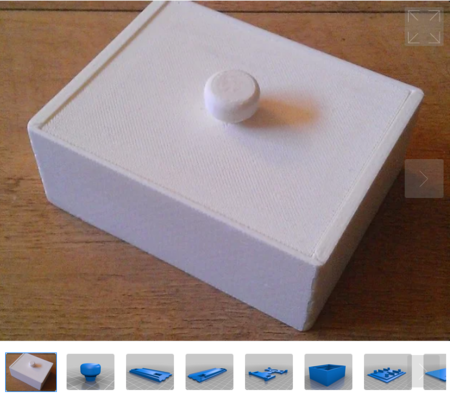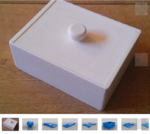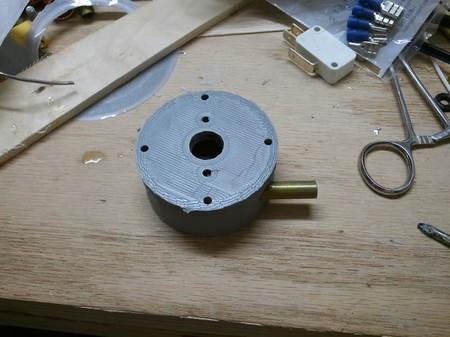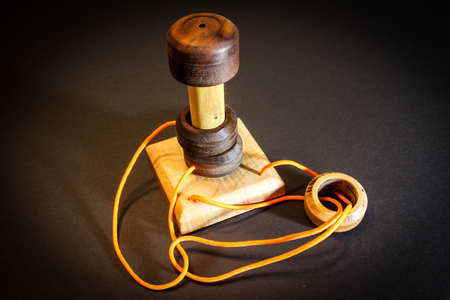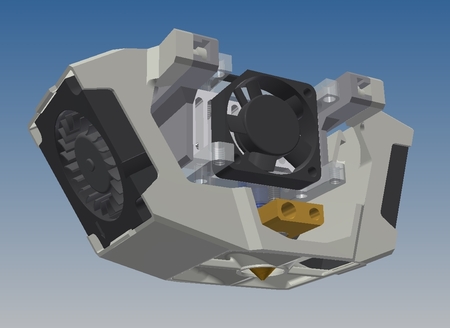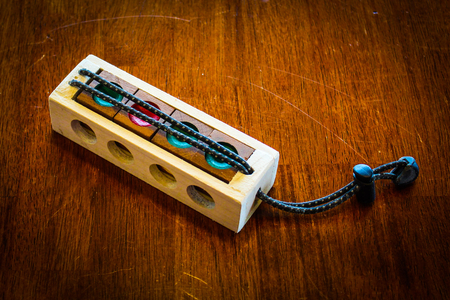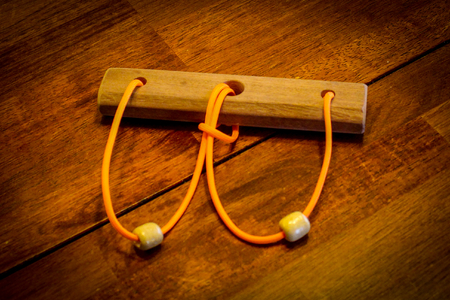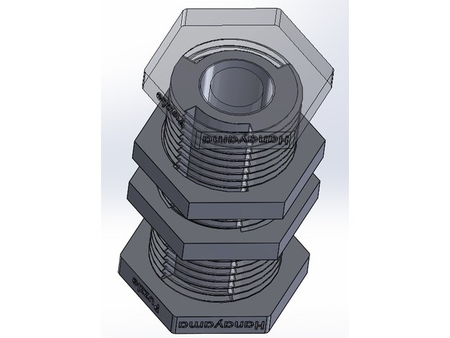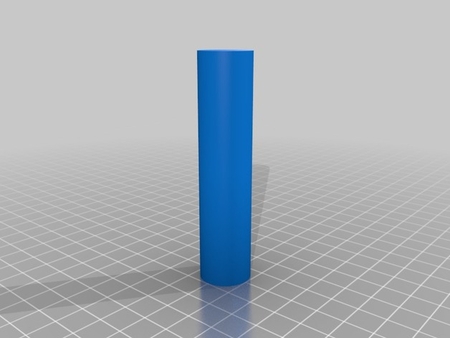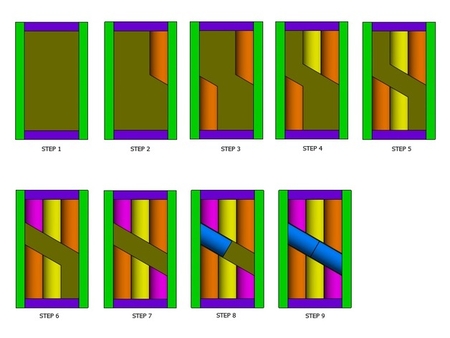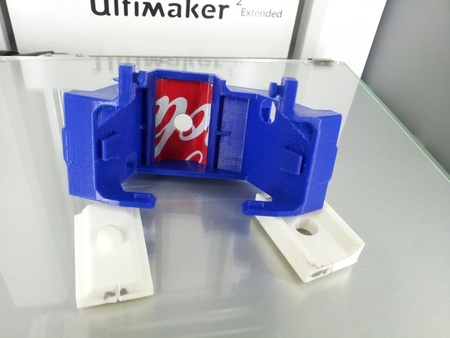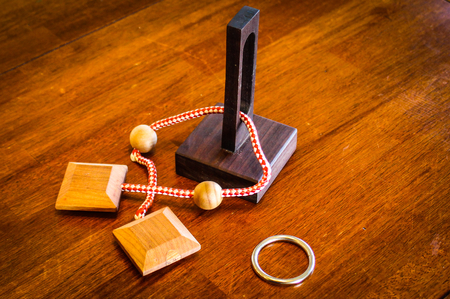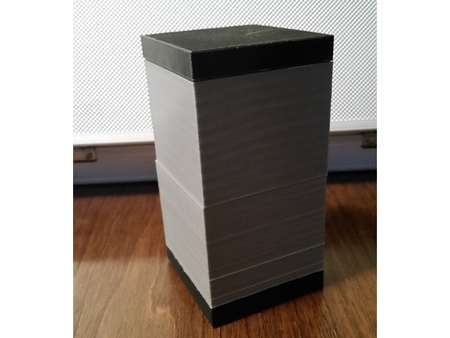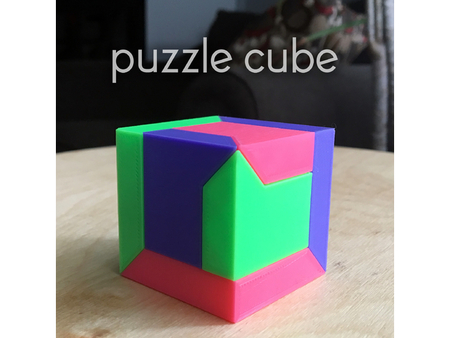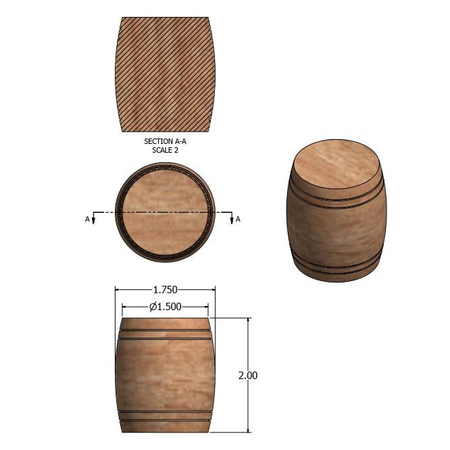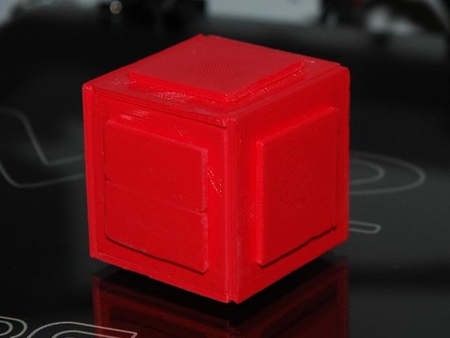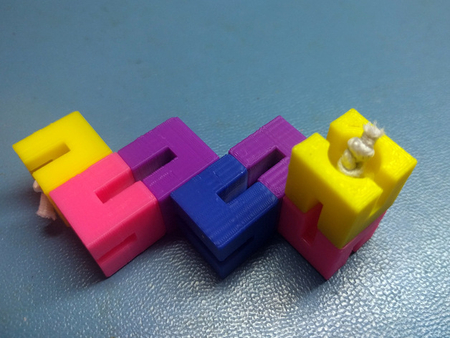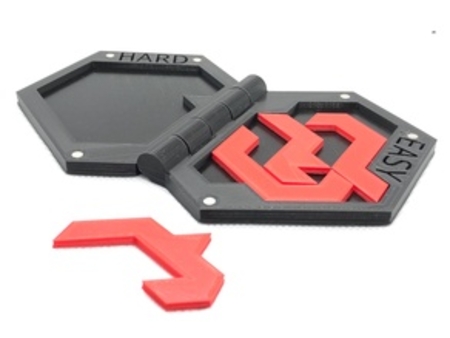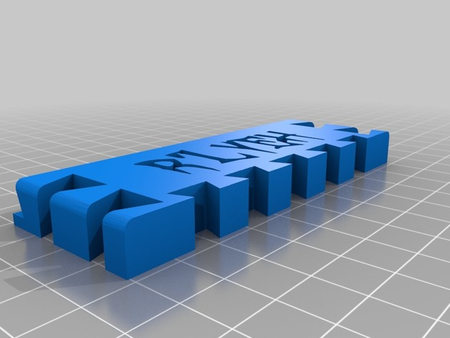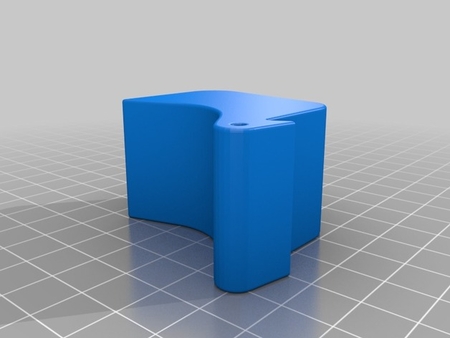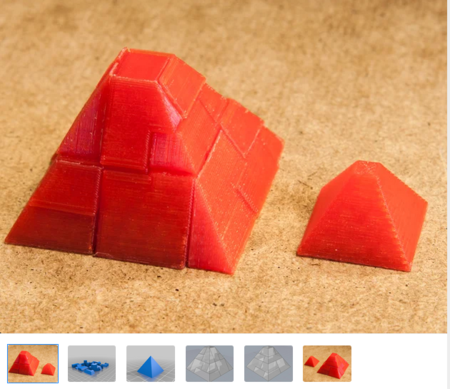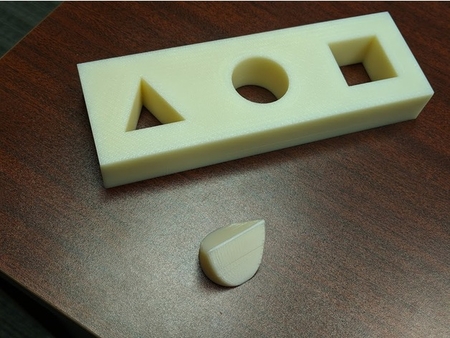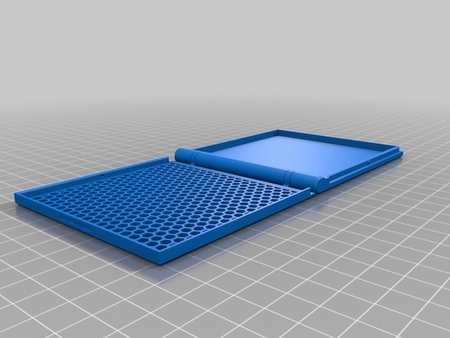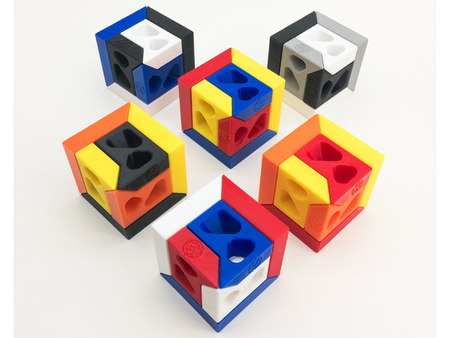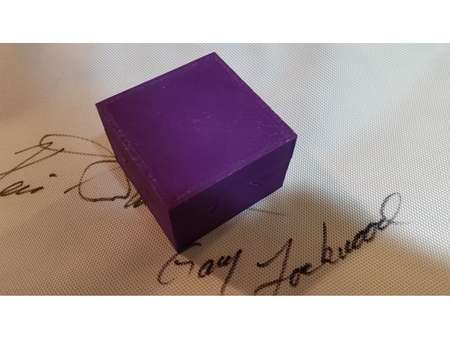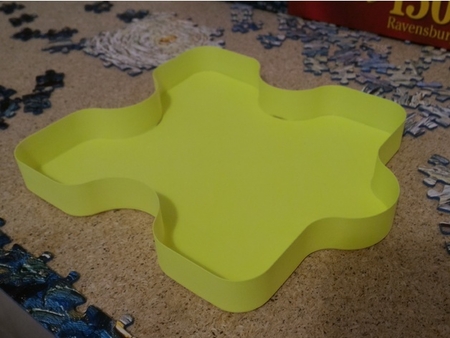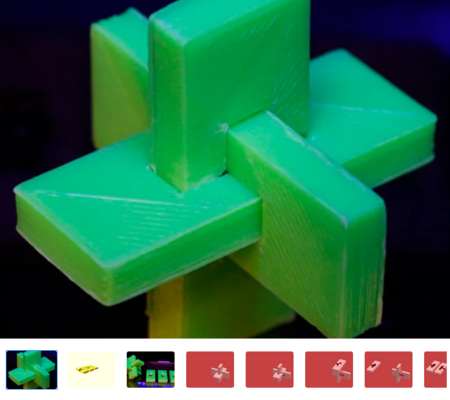Centrifugal puzzel box 3D for print
947 Views 0 Likes 0 Downloads Download
This design includes an anti-pick mechanism that locks the locking slides in place to prevent opening by random shaking or tilting, a problem with my first prototype.
To unlock just spin (quite fast) and then lift the lid.
To lock, make sure the locks are in the unlock position, if not then just spin the lid to reset them. Then replace the lid and shake the box along its long axis. You will hear the locks engage and lock into place.
Enjoy.
Designer
richards3d model description
This is my design for a puzzle box that uses centrifugal force to open the locks. I have seen centrifugal boxes before but none that had the locking m...echanism totally in the lid,This design includes an anti-pick mechanism that locks the locking slides in place to prevent opening by random shaking or tilting, a problem with my first prototype.
To unlock just spin (quite fast) and then lift the lid.
To lock, make sure the locks are in the unlock position, if not then just spin the lid to reset them. Then replace the lid and shake the box along its long axis. You will hear the locks engage and lock into place.
Enjoy.
